Award-Winning Artists at SPSCC Invitational Exhibition
A few examples from the 10 artists are very intriguing.
Hart James, for example, fills an entire gallery wall with a montage of paintings of forests. They’re like paintings in an 18th century museum wherein paintings were stacked floor to ceiling, but in this instance they are thematically and stylistically similar and color coordinated. Each painting can stand on its own, and the entire grouping works as a single piece. Taken as a whole, it is a prime example of something that is essential to most good art, the principal of variety within unity.
Hart paints trees. In a written statement, she says, “I paint their stand against time … I paint the energy that they gift us … I paint the spiritual energy with which they endow us.”
Her trees are seen up close as a tangle of harsh, angular limbs dividing areas of green leaves and pale blue sky into abstract patterns painted with heavy dashes of color. One painting left of center shows more sky than the others and thus becomes a focal point. The painting in the far-left upper corner is more abstract and painted with different kinds of brushstrokes. Skip over this one to the next one to the right, and you’ll see that it is also almost completely abstract, but the color and painting style is more in keeping with the rest, thus serving as a bridge. It is these contrasts within the harmonious whole that make this group of paintings so intriguing — that and Hart’s lush paint application.
Next, Evan Clayton Hoback’s work is fascinating. For years, Horback has been celebrated for his collages on old book covers, and there are a few of those in this show, but he has branched out into new directions with works that are less illustration and more sculptural. There is one that is a heavy book displayed on a pedestal. It appears to have been made from cutting old books into strips and gluing them together and covering them with something that looks like sand mixed in some kind of resin. Buried in the resinous surface is a photo of a man dressed all in orange and floating (perhaps drowning) in blue water. Called “Survival in the Age of Orange,” this piece looks ancient and eerie.
Other works which are newer are wall sculptures made of pages from magazines that Horback has crumpled into balls and arranged in patterns. One appears to be a frame for a circular mirror on the wall, but there is no mirror.
Sculptor Bernie Bleha has a group of seven colorful towers stacked just inside the gallery door and another group of 11 such towers in front of the only window in the gallery. They are colorful and playful and dominated by almost blindingly hot red, orange and purple.
CJ Swanson has seven small paintings in swirling abstract patterns on wood panels. The most interesting of these are on stacked wood blocks.
There are seven fantasy paintings of elephants and rhinos by Jason Sobottka. See if you can find the almost hidden Dumbo and Horton from Horton Hears a Who.
Also showing are works by Melissa Barnes, Charles Eklund, Doyle Fanning, Neil Peck, and Rebecca Smurr.

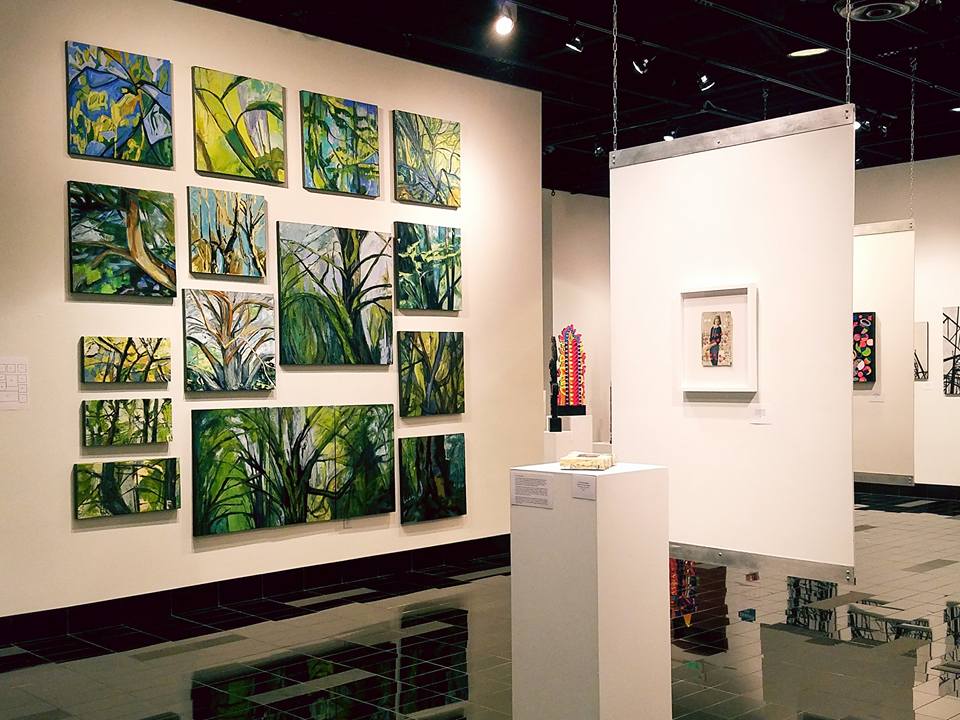
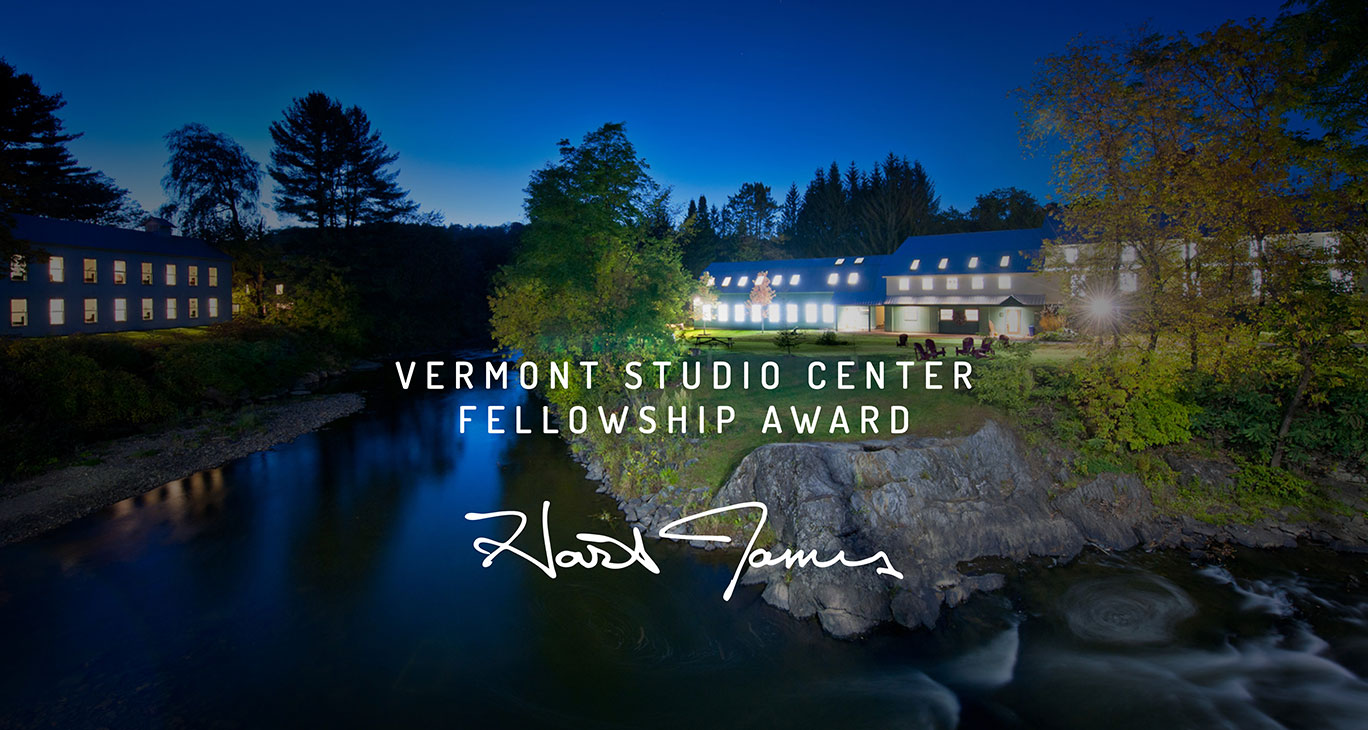
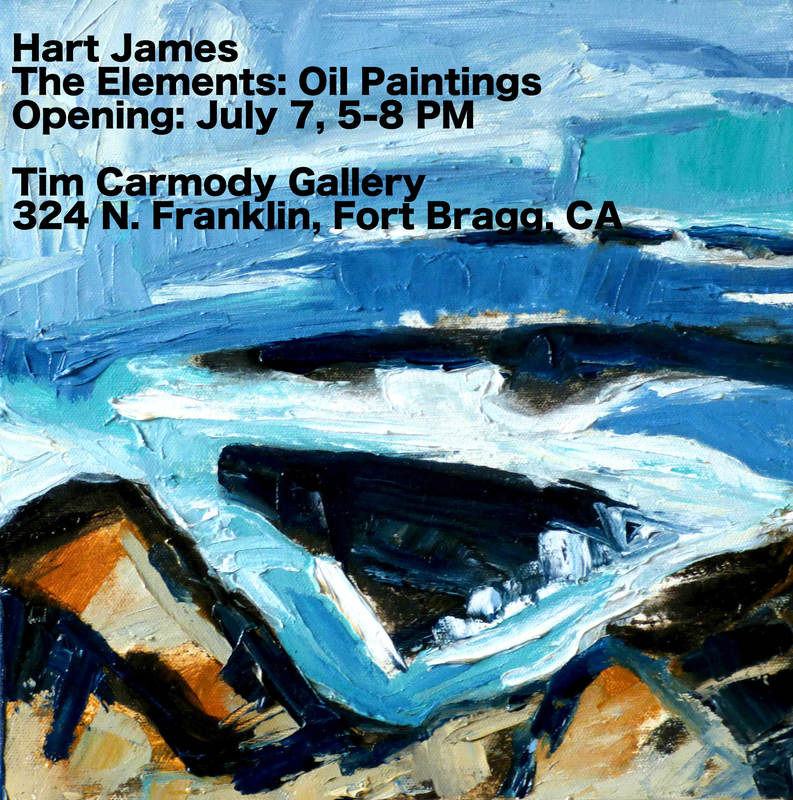
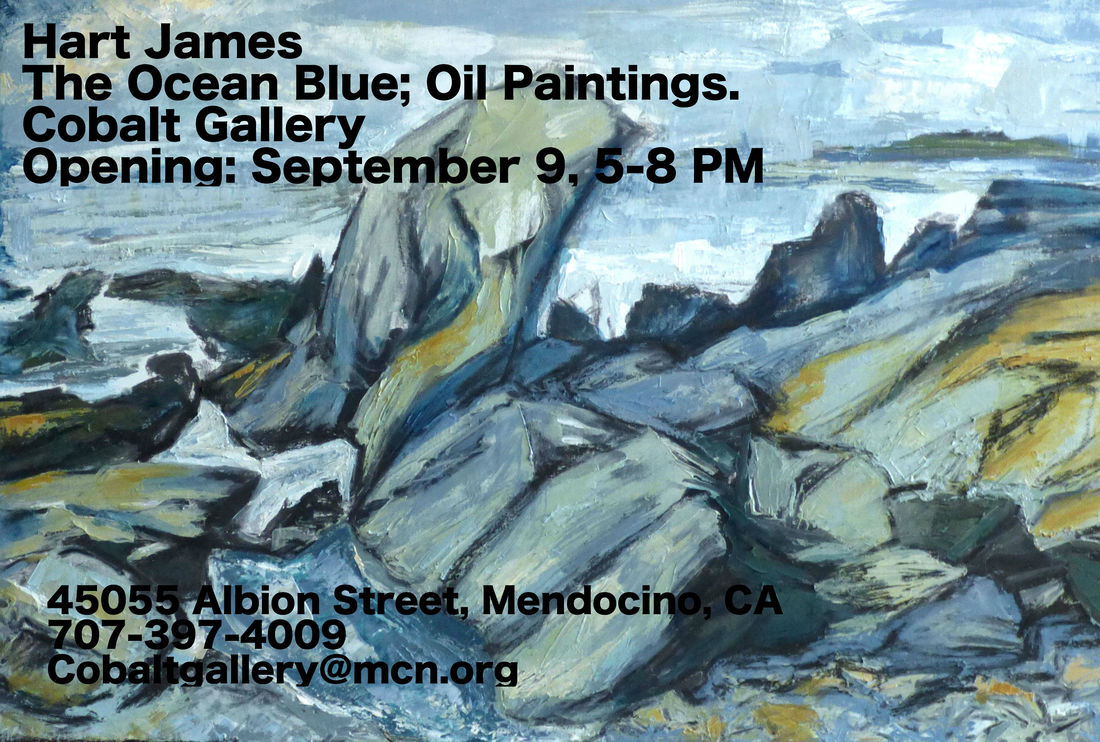
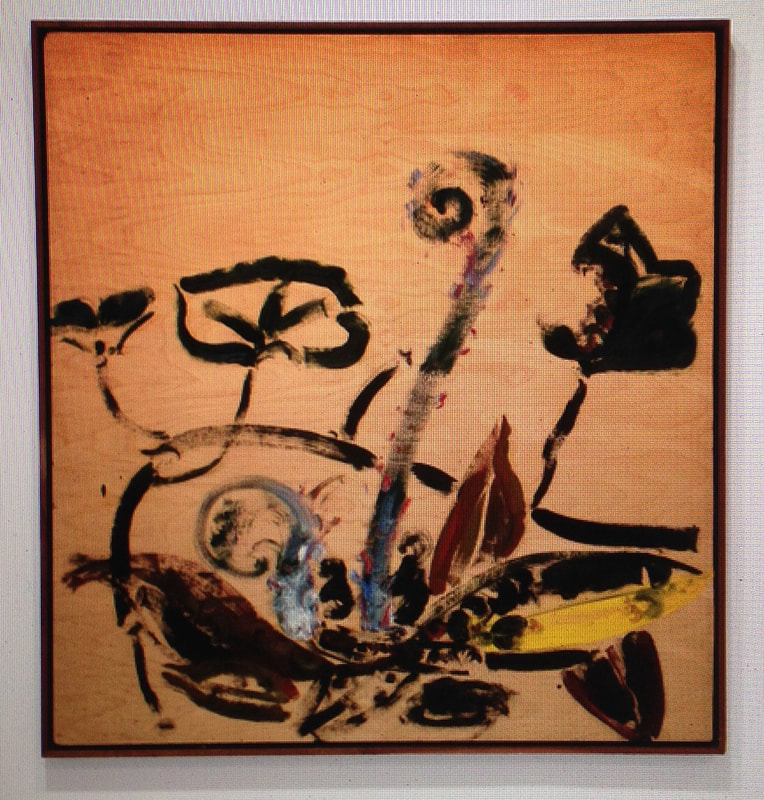
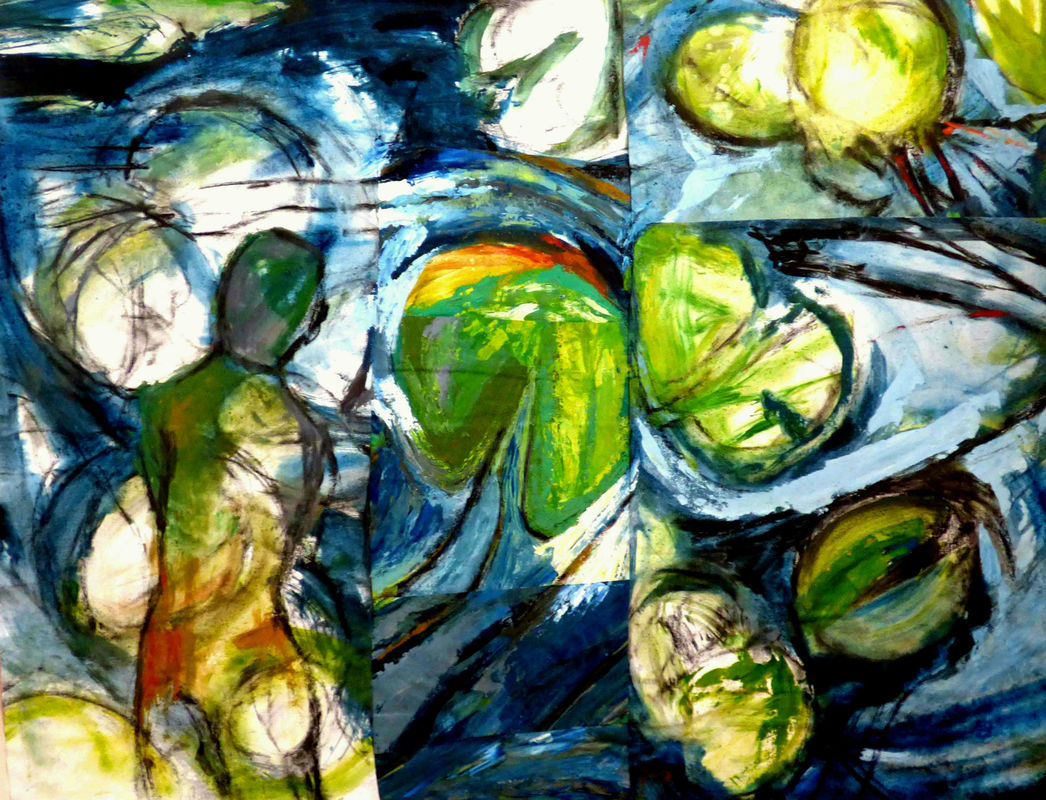
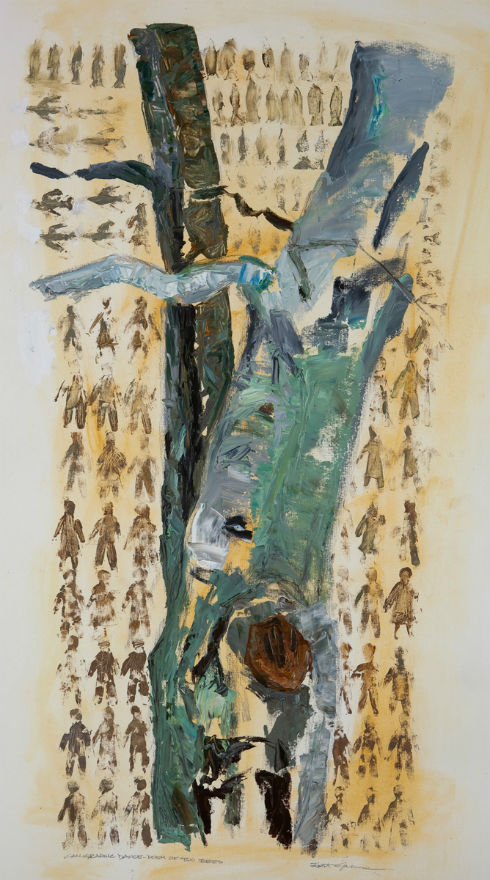
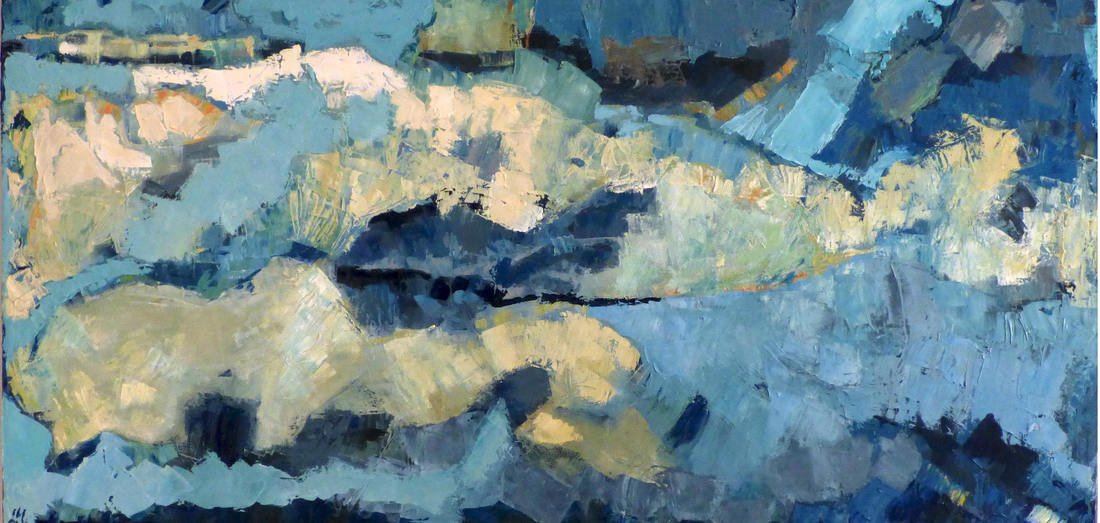
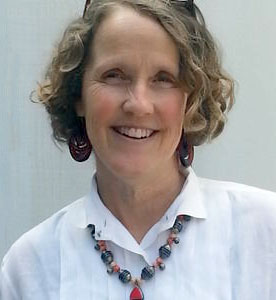
 RSS Feed
RSS Feed